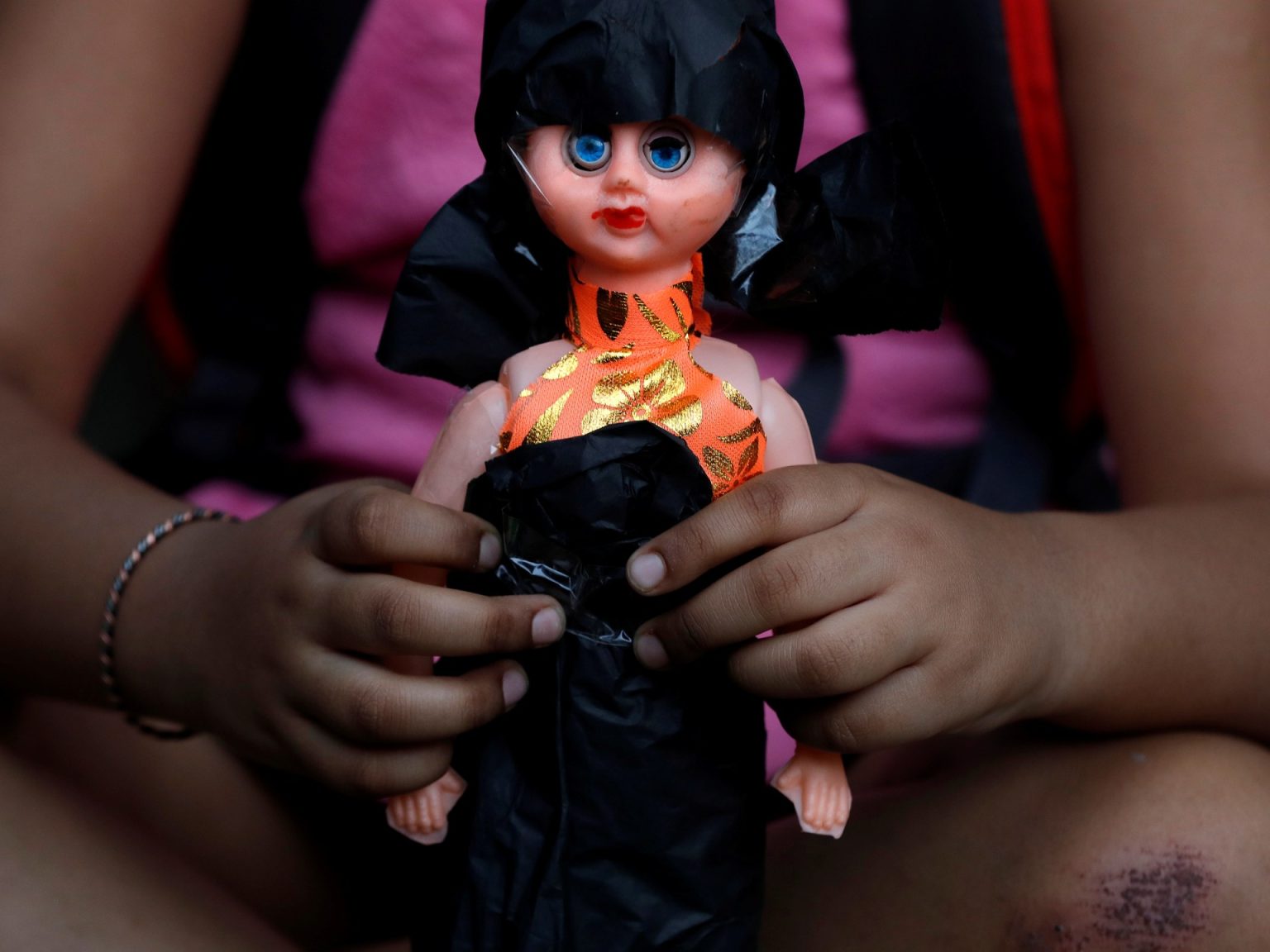The United Nations Children’s Agency, UNICEF, recently published a report revealing that more than 370 million girls worldwide have experienced sexual violence before the age of 18. The report, which provides the global estimate on sexual violence against children for the first time, shows that one in eight girls and young women have been subjected to rape and sexual violence. Sub-Saharan Africa is noted as having the highest number of victims, with 79 million girls in conflict-affected regions experiencing sexual assault or rape before reaching adulthood. The impact of these traumatic experiences on the victims is significant, hindering their ability to learn at school and perpetuating generations of trauma.
The report also highlights that while girls and women are predominantly affected by sexual violence, a significant number of boys and men also face rape or sexual assault during childhood. Approximately 240 to 310 million boys and men, or about one in 11, have experienced sexual violence. UNICEF Executive Director Catherine Russell emphasized the gravity of the issue, describing sexual violence against children as a stain on our moral conscience that inflicts deep and lasting trauma, often perpetrated by someone the child knows and trusts in supposed safe spaces. The report points to “fragile settings” as areas where sexual violence against children is most prevalent, including regions with weak institutions, the presence of UN peacekeeping forces, and high numbers of refugees.
The data presented in the report revealed that sexual violence against children is a widespread problem that transcends geographical, cultural, and economic boundaries. The numbers show that sub-Saharan Africa has the highest number of victims, with 79 million girls and women affected, followed by regions such as Eastern and Southeastern Asia, Central and Southern Asia, Europe and Northern America, Latin America and the Caribbean, Northern Africa and Western Asia, and Oceania. The figures, calculated using national data and international survey programs from 2010 to 2022, shed light on the pervasive nature of sexual violence against children globally, but also highlight the limitations of data collection and reporting in some countries.
The report underscores the prevalence of sexual violence against children in conflict zones, where rape and gender-based violence are used as weapons of war. UNICEF Chief Statistician Claudia Cappa noted that while the data provides valuable insights, there are inevitable gaps and underreporting in certain countries. The release of such figures serves as a critical first step in raising awareness about the widespread issue of sexual violence against children and the urgent need for action to protect and support victims. The report is a call to action for governments, organizations, and communities to prioritize the prevention and response to sexual violence against children, and to address the root causes that perpetuate this harmful cycle. Ultimately, the goal is to create safe environments where children can grow and thrive free from the threat of sexual violence and abuse.


